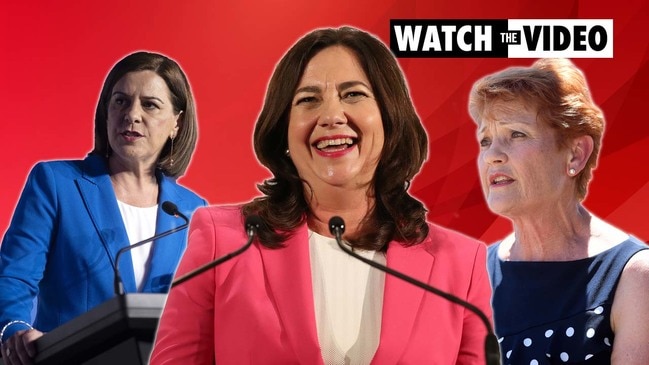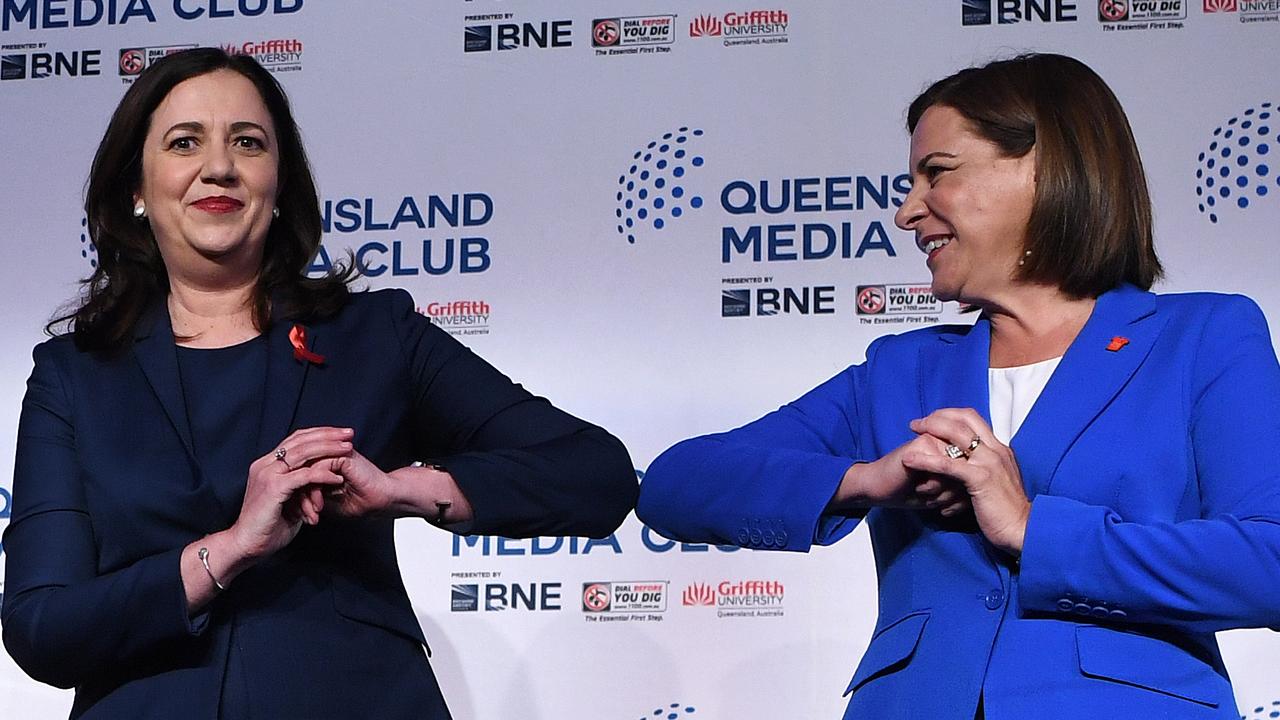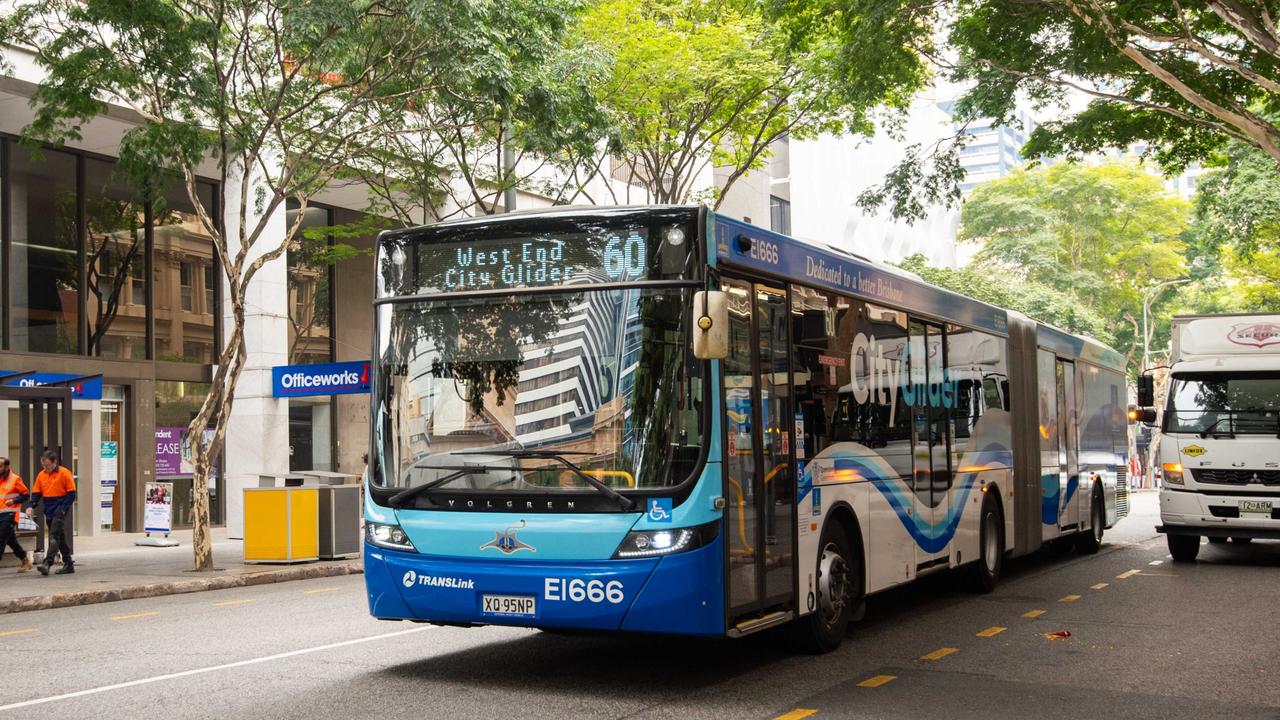FULL LIST: 2020 state election top spenders revealed
Unions made up two of the top three third-party spenders, beaten only by Clive Palmer’s Mineralogy, in the first state election under new spending caps. FULL LIST OF TOP SPENDERS

QLD News
Don't miss out on the headlines from QLD News. Followed categories will be added to My News.
Union groups made up two of the top three third party spenders, beaten only by Clive Palmer’s Mineralogy, in the first state election since new spending caps were introduced.
New figures reveal all registered third parties, such as interest groups and unions, collectively forked out more than $5.6m to back in political parties or support causes during the October state election campaign.
Meanwhile, the LNP and its candidates splashed $9.7m in the party’s failed bid to oust the Palaszczuk government from power, according to their declared election expenditure.
But they were still outspent by the $10.9m in declared spending by Labor and its candidates.
ECQ data shows Mineralogy Pty Ltd was the biggest registered third party spender during the election campaign, with total electoral expenditure reaching about $958,000.

This was followed by the Queensland Council of Unions with an $842,559 spend, while the Together Queensland Industrial Union of Employees came in third – spending over $700,000.
New Hope Corporation Limited ranked fourth with a $658,528 election period spend, and the Queensland Master Builders Association Industrial Organisation of Employers rounded out the top five by spending $440,000.
The United Workers Union spent more than $400,000 during the election campaign, the Queensland Resources Council spent over $380,000 and Cherish Life Queensland spent more than $350,000.
Excluding spends made by candidates, Clive Palmer’s United Australia Party’s electoral expenditure for the 2020 poll was $4.182m – according to the ECQ data – while Pauline Hanson’s One Nation spent $1.602m.
The 2020 election was the first since new expenditure caps came into effect, limiting how much political parties and third parties could spend during the election period.
But because the laws were introduced not long before the election, there were transitional measures in place allowing political and third parties to enter into contracts before June 17, 2020 that did not count towards the capped expenditure.
Amounts of expenditure also did not count towards the cap if the expenditure was made entirely before the election period, which began on August 1, 2020 – with many parties disclosing such spends in their returns.
Under the new laws, the cap for registered third parties for electoral expenditure was $87,000 per electorate – or up to $1m state wide.
An LNP spokesman said: “The records show what the LNP predicted, that the unions would massively supplement Labor’s campaign.”
A Queensland Labor spokeswoman said: “Unlike the LNP, Queensland Labor has led the way on political donations reform to ensure more transparency and accountability.”



